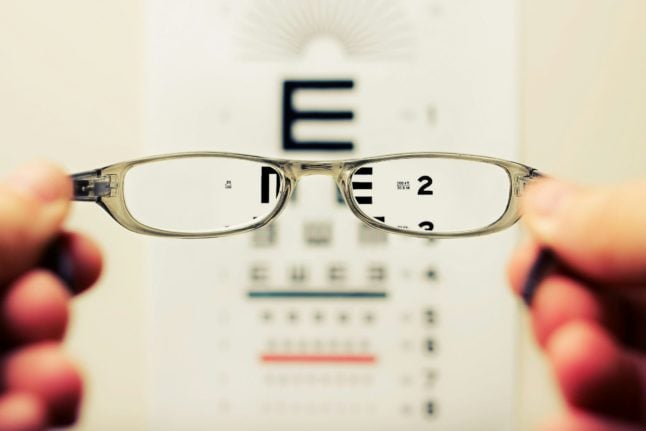Figures from Tuesday have shown that the coronavirus r-rate – the crucial metric which showcases how the virus is spreading through the community – has risen above 1.5.
The estimated rate, based on figures from the first two weeks in June, shows that the virus is transmitting at between 1.4 and 1.8 in Switzerland.
The R-Rate in Switzerland rose above 1 on June 18th and has climbed steadily ever since.
The reproductive number for COVID-19 in Switzerland is now estimated using an improved method. The results are very concerning, Reff is currently 1.4-1.8. Details on https://t.co/aLFakRJvSJ. Many thanks to @sbonhoeffer @Jana_Huisman J Scire&D Angst! @BAG_OFSP_UFSP @eggersnsf pic.twitter.com/S1tDHpuDjm
— Tanja Stadler (@TanjaStadler_CH) June 28, 2020
The number of newly detected infections has been on the rise in Switzerland in recent days, averaging more than 50 after being in single figures at the start of June.
New outbreaks
There have been a number of new 'outbreak events' in Switzerland, including the much-publicised 'superspreader' event which put 300 people into quarantine after visiting a Zurich nightclub.
Authorities on Tuesday said they would be closing the club down temporarily.
In another incident, a group of men returning from Serbia arrived in Graübunden before testing positive for the virus. As a result, 73 people were quarantined in the canton.
An increase in testing
The number of coronavirus tests has been on the increase in Switzerland, reflecting both the growing concern about the virus along with a policy change which saw the Swiss government cover the costs of anyone’s coronavirus test if they had received a warning notification via the app.
“Since the tests are free, we have been overwhelmed,” Frank Bally, deputy cantonal doctor from Valais, told Swiss media outlet 20 Minutes.
“Entire companies that have had a positive case want to send their employees – even those without symptoms – to get tested.”
Due to the two-week lag, the increases in testing seen recently have not contributed to the rising R-Rate.
It is not until early July when the impact of the latest round of lockdown relaxations – which took place on June 22nd – will be detectable.
What is the R number anyway?
The basic reproduction number is one way of analysing a disease's ability to spread. It represents the average number of people that a person with coronavirus will pass the virus onto.
An R0 (R naught or R zero) of 1 means that each person infected with the virus is passing it on to one other person. Experts have said that the novel coronavirus, known officially as Sars-CoV-2, has a reproduction number of between 2 and 3, but there is debate and different estimates on this.
Amr Aswad, an evolutionary virologist based at Berlin's Free University told The Local Germany the R value is “a very important number”.
“It's one that's generated through modelling so different models might give you slightly different answers. But fundamentally, as we all know, we need to keep it below 1.”
However, there are other ways to measure how the disease is spreading, such as the number of infections.
“The R0 tells you a lot but it's not the complete picture and it should always be considered alongside the absolute number of infections,” said Aswad.



 Please whitelist us to continue reading.
Please whitelist us to continue reading.
Member comments